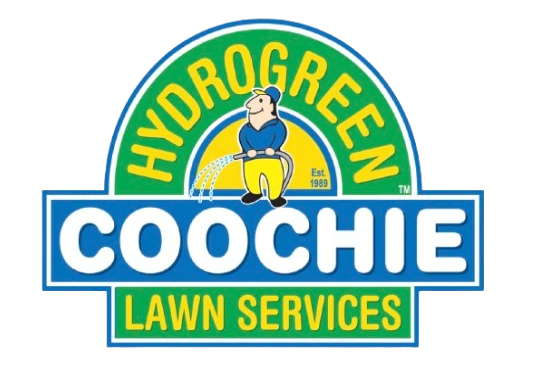Maintaining a beautiful and healthy lawn requires more than just regular mowing and watering. If you’ve noticed a “spongy” or uneven texture in your lawn, it may be a sign of thatch buildup. Thatch is a layer of dead grass, roots, and debris that accumulates on the soil surface, hindering your grass’s growth and overall health. In this article, we’ll explore some simple yet effective dethatching tips to help you achieve a lush and vibrant lawn.
Identifying Thatch Issues:
The first step in addressing thatch-related problems is recognizing the signs. If your lawn feels spongy underfoot or appears uneven, it’s likely that thatch has taken hold. This layer of accumulated organic matter can impede water, nutrients, and air from reaching the soil, preventing your grass from thriving.
Low Setting Mowing:
One of the most effective ways to tackle thatch is by adjusting your lawn mower to a low setting. Mow your lawn to cut through the thatch layer and remove excess organic matter. This process helps break up the thatch and allows for better penetration of water, nutrients, and air into the soil. Aim to mow during the warmer months for safe and efficient dethatching.
Deep and Slow Watering:
Watering your lawn is essential for maintaining its health, and it becomes even more crucial when dealing with thatch issues. To achieve the best results, water your lawn slowly and deeply. Deep watering encourages grass roots to grow deeper into the soil, promoting a healthier and more resilient lawn. Ensure that the water reaches the root zone to help break down thatch and encourage microbial activity.
Multiple Mowing Sessions:
Dethatching is not a one-time fix; it may require a couple of mowing sessions during the warmer months. Gradual removal of thatch ensures the process is safe for your lawn, allowing it to recover without causing stress. Be patient and persistent, and you’ll begin to notice improvements in the texture and overall health of your lawn.
Conclusion:
Maintaining a lush and vibrant lawn involves addressing thatch-related issues. By incorporating these simple dethatching tips into your lawn care routine, you can promote optimal growth and ensure your grass thrives. Keep an eye on the signs of thatch buildup, adjust your mowing practices, water deeply, and be consistent in your efforts. Your efforts will be rewarded with a healthier, more resilient lawn that you can enjoy throughout the seasons.
For more lawn care tips, contact us for a free lawn assessment and quote today!



